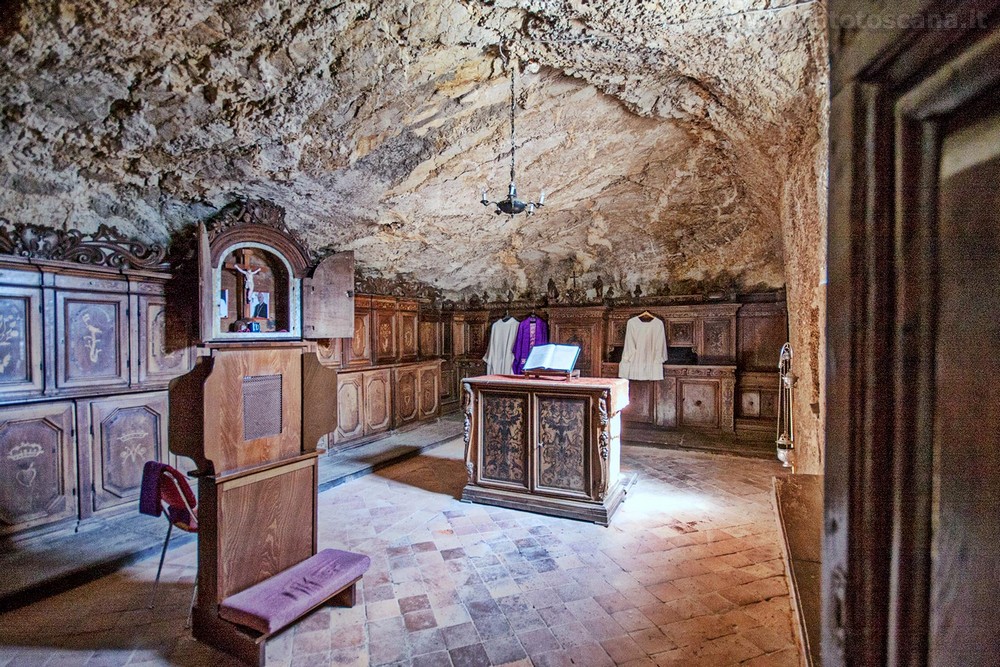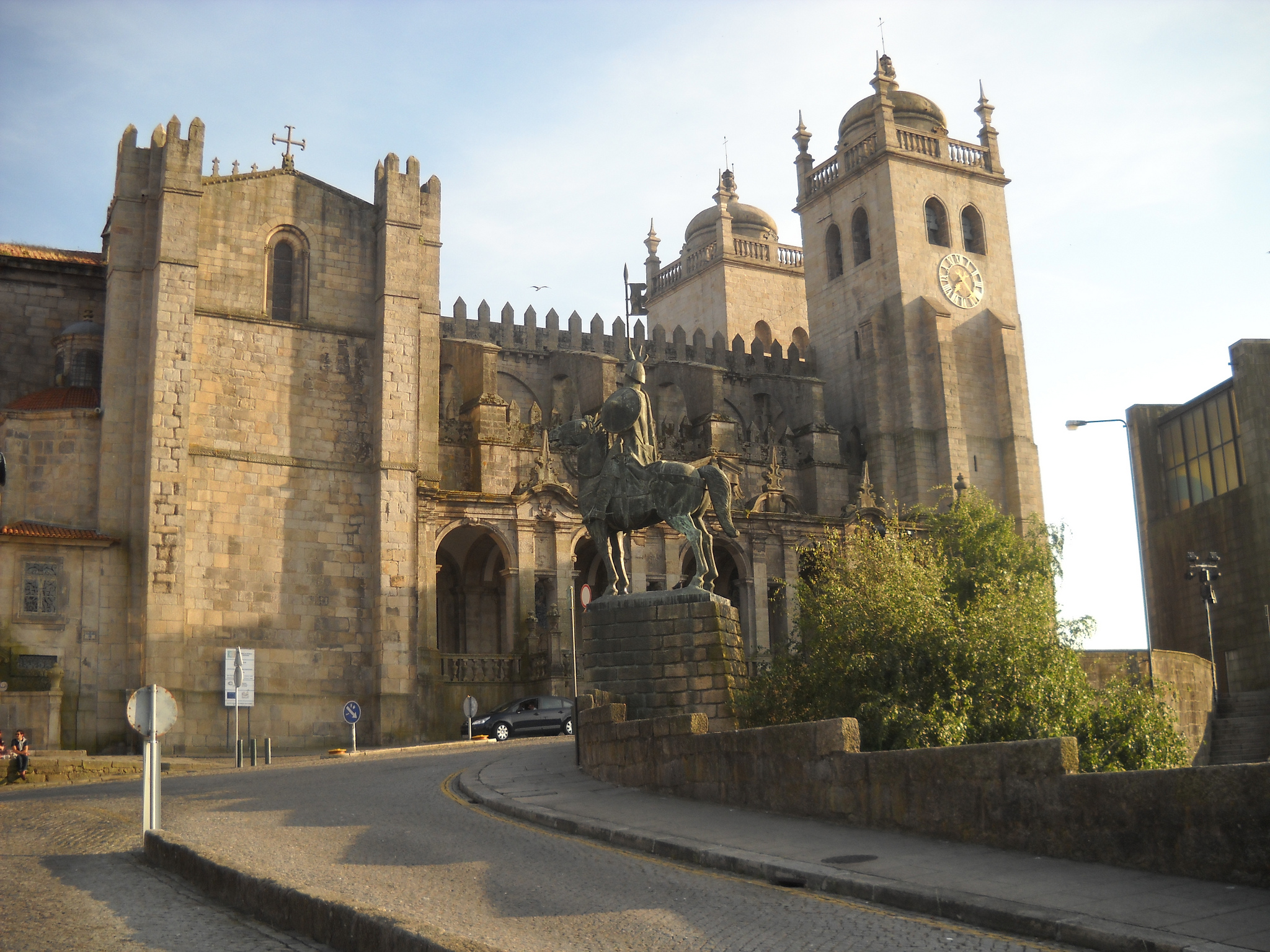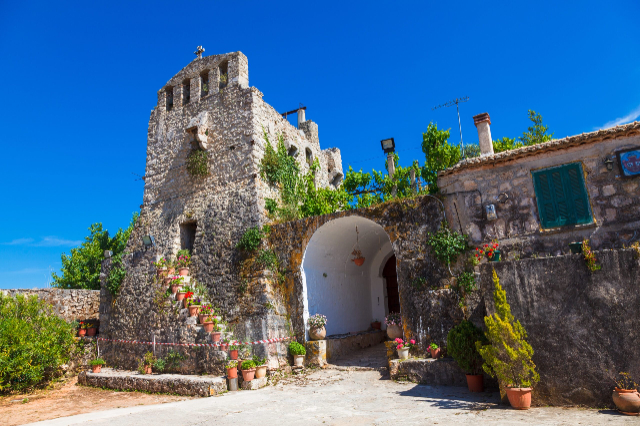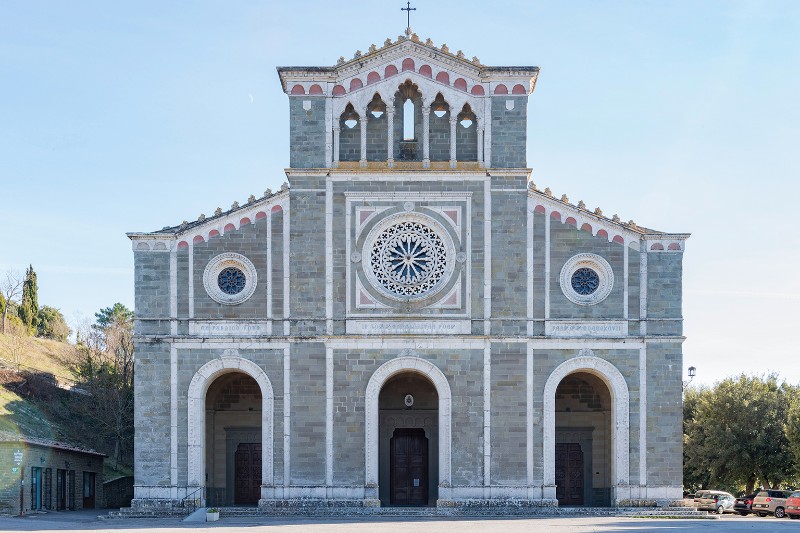Located close to a rocky overhang and carved almost entirely into the rock, the shrine was built where the story goes of the apparition of the Madonna to a girl from Campolemisi around the year 1,000. The sacred image, sketched in a willow wood statue, which still exists and is an object of devotion, is venerated under the name Madonna della Penna. The month of May is traditionally dedicated to Our Lady and sees the presence of many people who make the pilgrimage up to the Hermitage. The living rock is still visible in the presbytery and sacristy, while the primitive little church underwent various phases of enlargement and enrichment of structures and vestments as the fame and veneration of the Virgin of the Cave grew from the 14th century onward. In the early 18th century, the double colonnade of the facade was built and the grotto enlarged to accommodate the sacristy. The hermits of Calomini took care of it for five centuries, until 1868, and now the custody is entrusted to the Capuchin fathers of Lucca.













